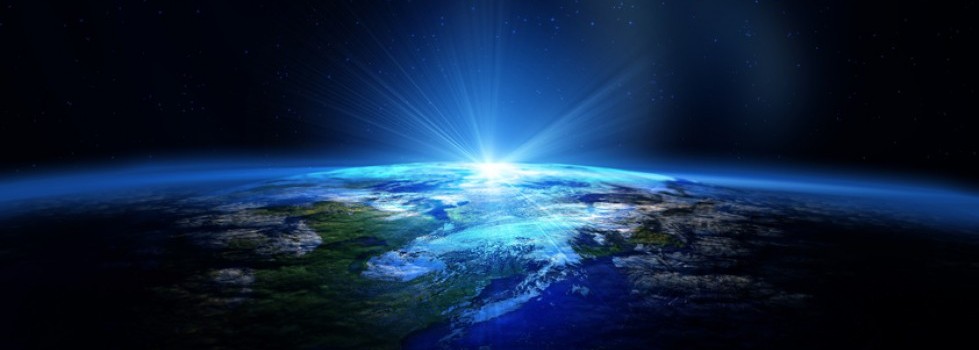Global warming refers to the gradual rise in the average global surface temperature of the earth. Geologic evidence in the form of sediment and ice cores shows that the average temperature has actually fluctuated from much warmer than current temperatures, during the Cretaceous period, to colder temperatures conducive to widespread glaciation, as in the ice age periods.
The geologic record shows that the earth has had numerous periods of warming and cooling since the atmosphere developed. The key to understanding current concerns of anthropogenic warming is the rate of temperature change. Average global temperature rose and fell only a few degrees or periods of millions of years. Evidence for this is in the sedimentary rock record-different depositional environments result in typical sediments and the resulting sedimentary rocks.
More recent temperature records show a drastic, exponential increase in average global temperature since the beginning of the Industrial Era, about 1700 CE. This drastic rise in the rate of change, where it has not been observed before, is the most important evidence that we are witnessing global warming.
Some warming, however, can be attributed to natural sources, such as…
- volcanic eruptions
- methane emissions from animals
- changes in solar radiation.
Global warming is thought to result from the Greenhouse Effect, in which the earth receives solar radiation, in the form of visible light. Radiation of this wavelength can penetrate and are absorbed by the earth’s atmospheric gases. The energy is then re-radiated back into space, as longer wavelengths of radiation. The greenhouse gases are opaque to this different form of radiation, thus trapping it and warming the earth’s surface and atmosphere. These gases are water vapor, carbon dioxide (CO2), methane, and ozone.
About 70 percent of CO2 is attributed to burning carbon-based fuels. Atmospheric carbon dioxide levels are currently about 350 parts per million (ppm), even a slight increase can result in the transparency of the atmosphere, and an increase in temperature. Climate scientists predict that this warming could lead to environmental problems, such as thawing of permafrost, sea level rise, and melting of polar ice caps.

